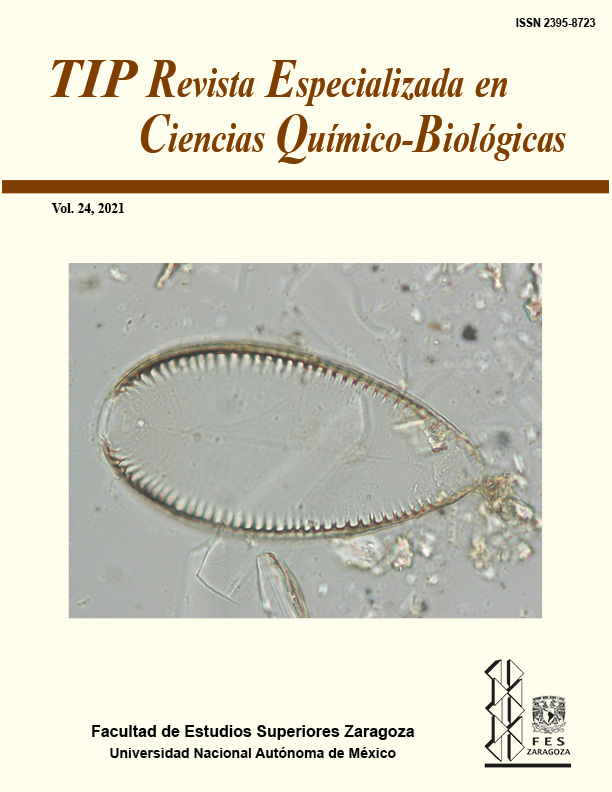Abstract
Bagasse, one of the residues obtained from coffee processing, is an important source of metabolites, such as polysaccharides and phenolic compounds, with functional properties derived from its antioxidant and antimicrobial activities. The objective of this study was to evaluate the effect of the extraction solvent on metabolites content, as well as on antioxidant and antibacterial activity of the aqueous (T1), ethanolic (T2) and aqueous-ethanolic (T3) extracts of coffee bagasse. The results demonstrated that T1 showed the highest total carbohydrates, flavanones and dihydroflavonols content, T2 presented the highest total flavonoids and caffeoylquinic acid content, while T3 showed the highest total phenolic, flavones and flavonols content (p < 0.05). Furthermore, the greatest inhibitions of free-radicals and ferric reducing antioxidant power were detected in T1 and T3, while T2 showed higher reducing power ability depending on the concentration (p < 0.05). Greater inhibitory effects were observed in T3 against Gram-positive bacteria (Staphylococcus aureus and Listeria monocytogenes), T2 against Echerichia coli, T2 and T3 against Pseudomonas aeruginosa depending upon the concentration (p < 0.05). In conclusion, these results indicate that composition and properties of extract of coffee bagasse depend of the solvent used during the extraction.
TIP Magazine Specialized in Chemical-Biological Sciences, distributed under Creative Commons License: Attribution + Noncommercial + NoDerivatives 4.0 International.



